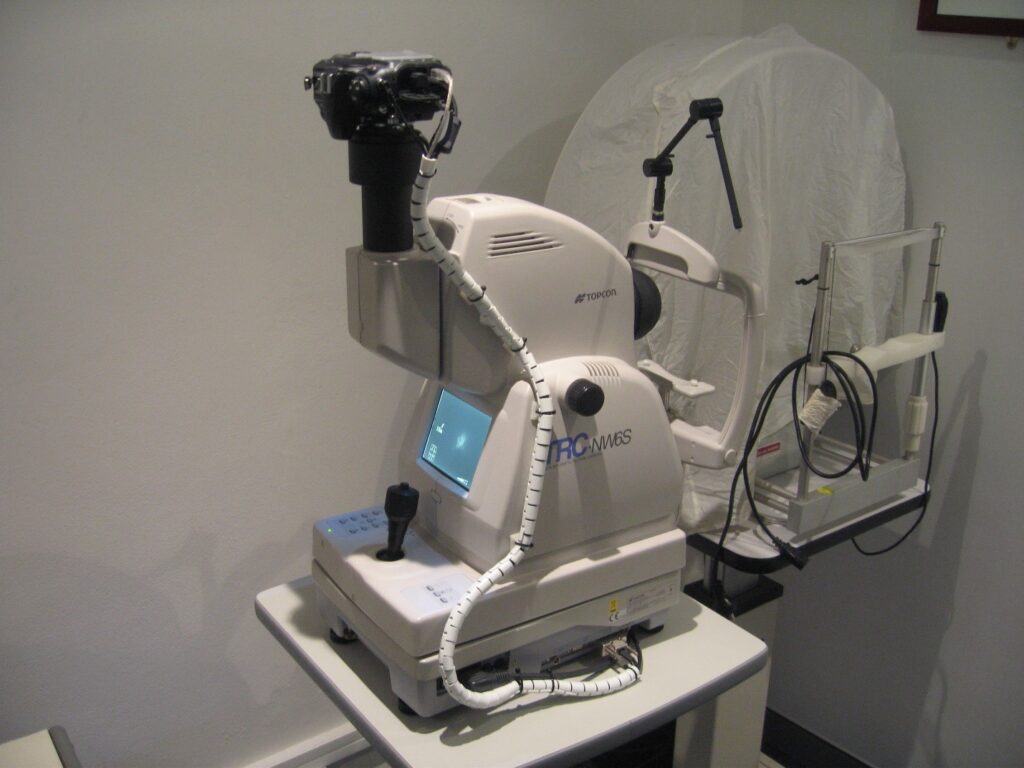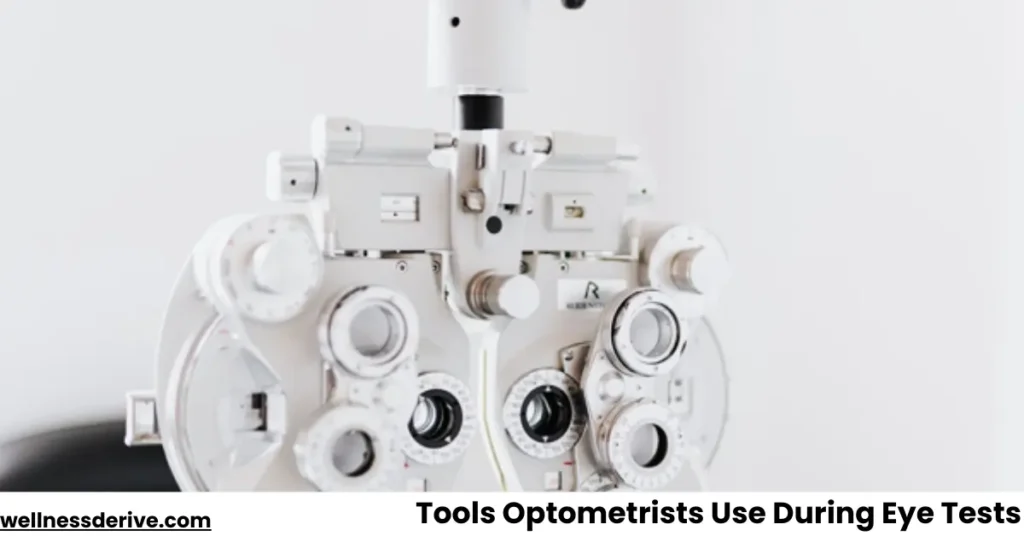Regular eye tests are necessary for detecting vision issues and maintaining general ocular health. To detect these issues, optometrists use different tools to look for refractive errors, ocular diseases, and other conditions. These tools allow them to identify problems early on and prescribe the right treatment or corrective lenses.
Some of these tools have specific functions. For instance, the tonometer is used to test for glaucoma. You can visit depisteo.com to learn more about how optometrists screen for glaucoma. This is why understanding what each of the instruments does is important.
Here are some of the tools optometrists use during eye tests.
Tonometer
To help identify glaucoma, a tonometer is used to measure the pressure within the eye. When there is high eye pressure, the optic nerve can get damaged, which can lead to vision loss. While some tonometers measure pressure using a puff of air, others touch the eye and therefore require numbing drops. Regardless of the method, the process is painless, and the results accurate.
Phoropter
The phoropter is used to determine a patient’s contact lenses or glasses prescription. This device has several lenses that the optometrist switches while the patient reads an eye chart. This process helps specialist determine which lens is best suited for the patient’s vision needs. The phoropter is crucial for correcting refractive issues like farsightedness and nearsightedness.
Retinoscope
The retinoscope examines the eyes of patients who cannot explain their visual problems or needs. Therefore, this tool is used to carry out a general ocular test. It does this by shining light into the eyes while the optometrist observes as it reflects off the retina. The retinoscope is perfect for children or those with communication problems.
Autorefractor
An autorefractor is usually used before the phoropter, and it automatically measures a person’s refractive error. You can read this article to learn more about refractive error. The patient looks through the device at an image that swings in and out of focus. Based on the eye focus on the image, the machine calculates the lens prescription.
Snellen Chart
The Snellen chart is among the most commonly used ocular test tools, and it’s used to check visual acuity. It is made of rows of letters whose sizes reduce from top to bottom. To use this tool, the patient will cover one eye as they read the smallest row. This examination evaluates general vision clarity and helps the doctor determine if the corrective glasses are required.
Retinal Camera

Retinal cameras record images of the retina to look for diseases. It consists of a camera capturing close-ups of the back of the eye and a microscope. This instrument is used to track changes in the retina over time. Macular degeneration and diabetic retinopathy are two conditions this instrument can detect.
Ophthalmoscope
Optometrists can examine the retina and optic nerve using an ophthalmoscope. Its light and lenses allow these professionals to clearly see the inside of a person’s eye. To improve the view, the doctor may dilate the pupils using ophthalmic drops. This instrument aids in the diagnosis of ocular disorders like retinal detachment and glaucoma.
VT 1 Vision Screener
The VT 1 Vision Screener is a portable device that can quickly identify major vision problems. It checks for certain ocular conditions without the need for pupil dilatation. It can efficiently screen patients of all ages, including small children. The VT 1 Vision Screener enables early detection of issues and determines if more testing is required.
Keratometer
A keratometer is used to measure the cornea’s curvature. The optometrist takes this measurement as the patient looks into the device. The information obtained from this process allows the doctor to diagnose issues like astigmatism and also select the right contact lenses. Accurate corneal measurements ensure effective and comfortable contact lens prescriptions.
Slit Lamp
A slit lamp offers a magnified perspective of the eye’s structure. It examines the cornea, lens, and retina using a microscope combined with a strong light. This allows the optometrist to check for infections, corneal damage, and cataracts. Many visual problems, at their early stages, can be easily detected with this instrument.
Pachymeter
A pachymeter measures the cornea’s thickness. The thickness of the cornea affects glaucoma risk assessment and ocular pressure readings. The pachymeter precisely takes the measurement using either optical or ultrasonic methods. It is crucial for ocular health monitoring and laser eye surgery.
Fundus Camera
A Fundus camera captures high-resolution images of the retina, offering a close-up view of the optic nerve and blood vessels. These images help optometrists monitor ocular diseases and spot early symptoms of conditions such as hypertension. The fundus camera is a great tool for long-term monitoring and treatment planning.
Conclusion
We’ve looked at some of the instruments that optometrists use for examining and determining visual health. As we’ve seen, each of these tools performs a specific role in the diagnosis and treatment of ocular diseases. Regular ocular examinations using these instruments will ensure early detection of issues and the determination of appropriate treatment.
Disclaimer: The content on Wellness Derive is for informational purposes only and not a substitute for professional medical advice, diagnosis, or treatment. Always consult a healthcare provider for medical concerns.



